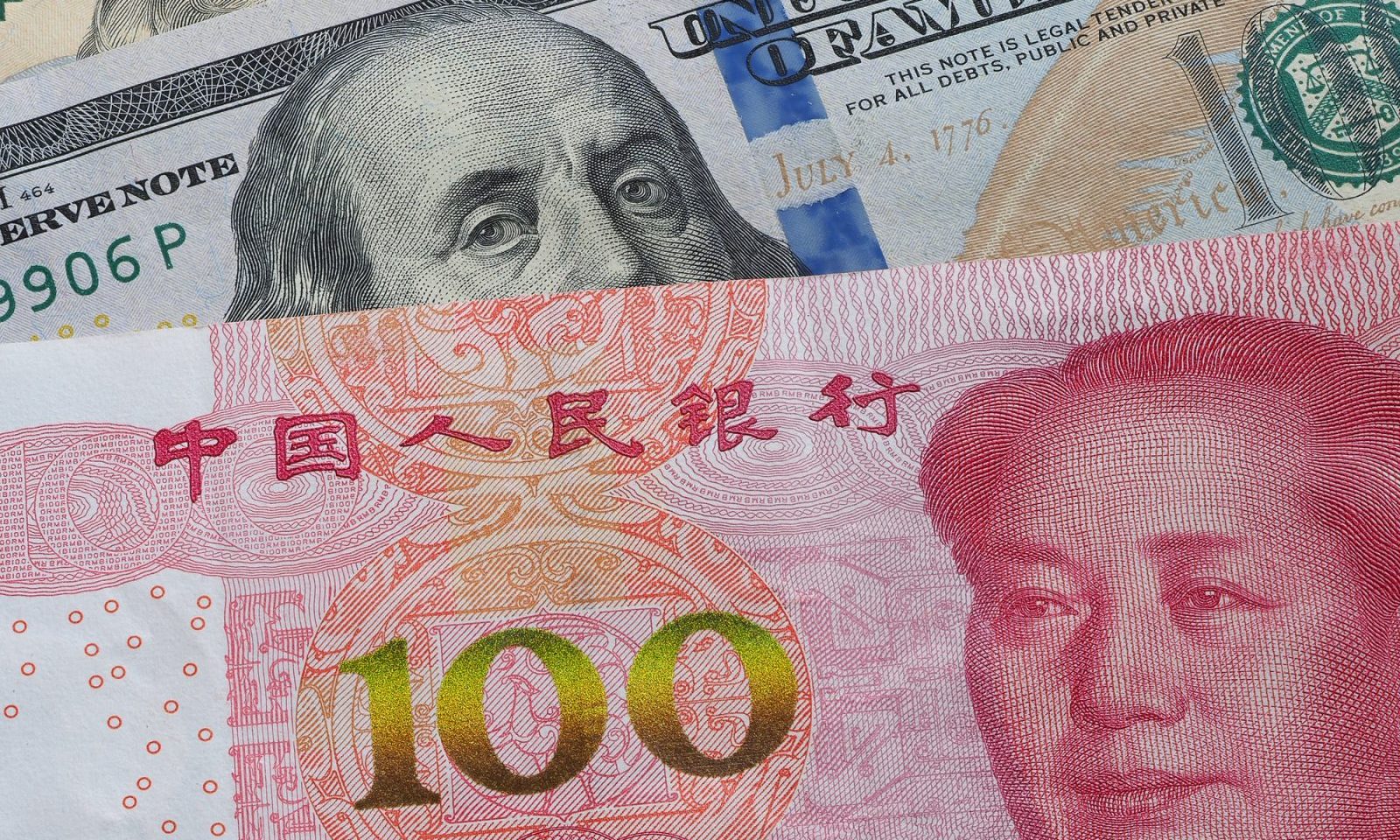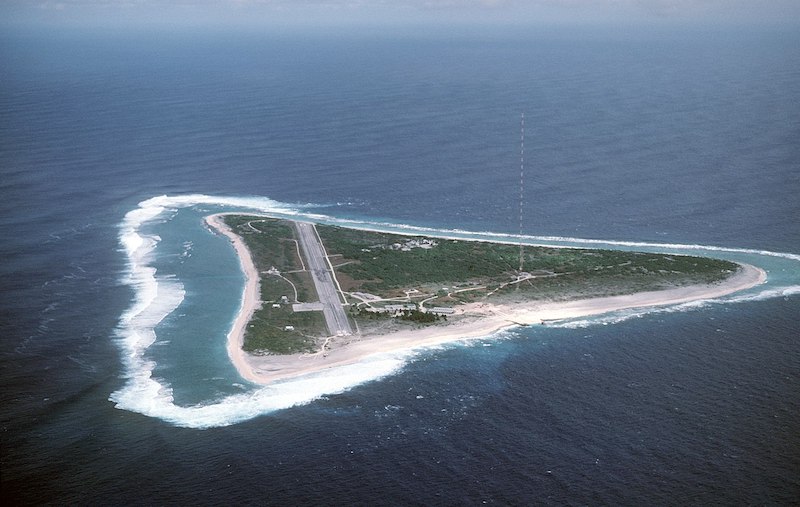(ATF) China’s producer price index (PPI) for March came in at -1.5% year-on-year, declining significantly more than expected. Sharp drops in oil prices and overall consumer demand are expected to push PPI deeper into deflation, perhaps as low as -2.5% as early as this month.
That’s, of course, the last thing the Chinese economy needs at this critical stage in recovery as both production and consumption would be affected negatively and there would be upward pressure on the yuan with a negative effect on already ailing exports.
Under these circumstances, as I wrote last week, the People’s Bank of China (PBoC) can be expected to further step up monetary easing by pushing down key rates and providing added liquidity to the financial system through direct cash injections.
Whether that can succeed in containing deflation and rein in the yuan is a big, open question. Japan has been trying since 2001 to defeat deflation and keep down an ever buoyant yen – with very little success.
To date, the yuan has shown no such buoyancy. The PBoC set parity at 7.0703 on Monday. By 6pm HK time, the yuan actually had weakened a little, with CNY at 7.0812.
I expect the PBoC to attempt to keep the yuan steady in the 7.05-7.10 range going forward. But against the harsh wind of deflation, that’ll be a battle worth watching.
The PBoC is not likely to resort to Japan-style QE any time soon, but may yet be forced to take unorthodox measures to beat back deflation – the hallmark of depression. If you need to hedge, hedge against a stronger yuan.
The US dollar dropped by 0.50% to 99.8780 by 6pm in Asia trading for straightforward reasons: the continuation from Friday of upbeat equity markets in Asia and Europe.
The BOJ’s widely expected elimination of bond buying limits further encouraged equity markets and gave a strong lift to US equity futures.
























